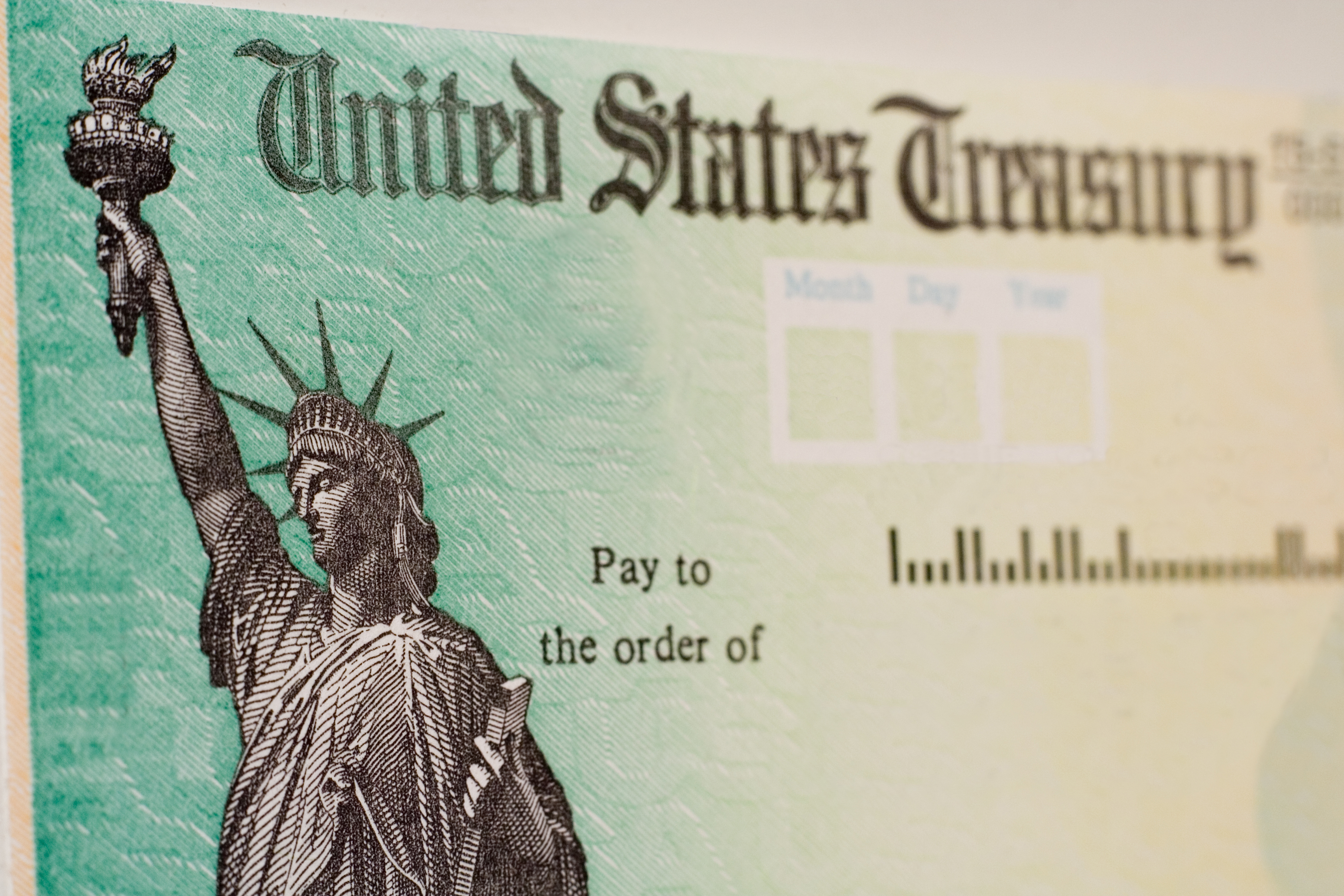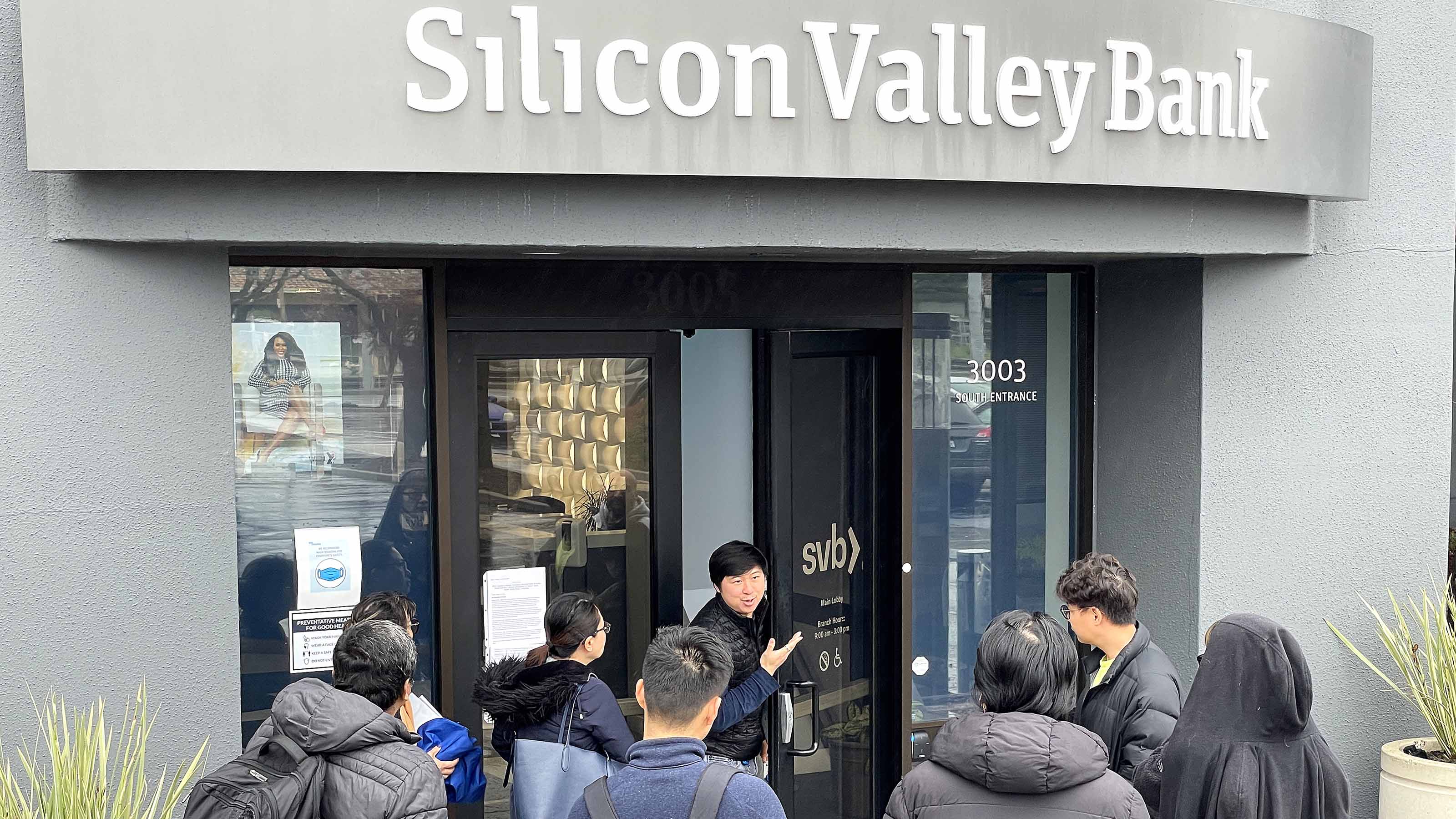11 Bond Funds That Won't Get Soaked by Rising Interest Rates
The best bond funds weather inflation by allowing their managers the flexibility to invest in all types of bonds and maturities.

Regular readers of this column know of my ambivalence toward bond funds and my preference for owning individual bonds. Making the distinction between investing in bonds through funds and owning them directly is especially pertinent now, as rising interest rates put a hurt on fund share prices, and mass redemptions by bond-fund investors make matters worse by forcing managers to dump debt in a falling market.
So if you feel obligated to invest in funds for convenience -- or because you just don’t like to own individual bonds -- pay close attention. Some bond funds will be better than others at helping you through this rough patch.
A refresher: If you buy an individual bond or, better, a ladder of bonds (a group of bonds with staggered maturity dates), you know you’ll be able to get your full principal back when the bonds mature (assuming the issuer doesn’t default, of course). You don’t have that kind of guarantee when you invest in a bond fund. Bond funds generally don’t mature. In general, when interest rates rise, bond prices fall and funds that hold bonds decline in value.

Sign up for Kiplinger’s Free E-Newsletters
Profit and prosper with the best of expert advice on investing, taxes, retirement, personal finance and more - straight to your e-mail.
Profit and prosper with the best of expert advice - straight to your e-mail.
Worse, there’s the possibility -- make that the probability -- that your fellow fund shareholders will turn tail when they see their balances drop day after day and start selling. That forces the fund’s manager to unload bonds into a falling market, exacerbating everyone’s problems because the selling puts further pressure on bond prices. Moreover, as the fund pays off departing shareholders, it leaves itself without the cash to scoop up bargains as they materialize.
This leaves you with a bit of a conundrum. How do I keep bonds in my investment mix, especially if I need income, without losing more of my savings?
The secret is to use funds that invest in the types of bonds that have a history of holding value in adverse rate cycles and still pay a yield high enough to offset expected declines in principal. Rising rates have their positive side: They imply that the economy is improving. That makes it less likely that companies will default or experience downgrades in their credit ratings. So you can invest confidently in junk bonds, bank loans and other forms of lower-quality debt, including the vast majority of municipal bonds.
These kinds of bonds require more expertise than buying, say, Treasuries or ExxonMobil debt. So fund managers can add value in the riskier parts of the bond market. The best-performing funds during the last three periods of comparable interest-rate jumps -- in 1994, 1999 and 2005-06 -- mostly owned junk bonds or were flexible funds that gave managers wide berth in the types of bonds they owned, as well as the ability to adjust the funds’ average maturities.
Below are four approaches for coping with higher rates, listed in order of riskiness, with the least-risky first.When you study the funds described, don’t bother comparing their records to any broad bond-market benchmarks, because indexes are inflexible and these funds are not. And don’t get hung up on their results from 2008, when the credit markets blew up amid talk of depression. That concern is well behind us.
Shorten Your Maturities
The textbook strategy for protecting against high rates is to cut maturities. That's because the shorter a bond's maturity, the less volatile its price movements in response to rate fluctuations. The big problem with short-term funds today is their piddling yields. So consider investing in a well-managed fund that invests in medium-maturity bonds.
Dodge & Cox Income (DODIX) is an excellent choice for obtaining decent yields without taking on significant credit or maturity risk. The team-managed fund, a member of the Kiplinger 25, has roughly half of its portfolio in high-grade corporate bonds and half in government-guaranteed mortgages, such as Ginnie Mae securities, which are not as volatile as Treasury bonds. Dodge & Cox yields 3.6% and has a duration of 3.8 years, suggesting that the fund's share price will fall 3.8% if rates rise by one percentage point.
If you're even more of a stickler for stability, buy Vanguard Short-Term Investment Grade (VFSTX). Although it yields only 2.0%, its average duration is just 2.3 years. If you prefer an indexed approach, check out Vanguard Short-Term Corporate Bond ETF (VCSH). The exchange-traded fund charges only 0.15% a year for expenses, yields 2.1% and has an average duration of 2.8 years.
Buy Floating-Rate Loans
If you think interest rates are headed up, protect yourself by investing in debt securities whose interest payments adjust regularly. Floating-rate funds invest in bank loans made to low-quality companies. The rates on these loans usually reset every 30 to 90 days at a few percentage points above a benchmark of short-term rates. Until the financial crisis struck, bank-loan funds had done a superior job of delivering above-average yields with minimal movements in their share prices. In 2008, the average bank-loan fund surrendered 30%, although the sector has rebounded strongly, gaining 42% on average in 2009 and 9% last year.
The category suffers from a dearth of no-load choices. Fortunately, the best no-load fund available to investors of modest means, Fidelity Floating Rate High Income (FFRHX), is a good one. Christine McConnell, who has run the fund since its 2002 launch, tends to focus on higher-quality leveraged loans. As a result, her fund lost less than most of its peers in 2008 (-16.5%) and gained less than most the following year. Over the past five years, the fund gained an annualized 4.9%. It yields 3.3%. (As of early January, no floating-rate ETFs were available, although at least two companies have announced plans to launch such products.)
Go with Flexibility
Bonds can be daunting. The market is huge. Most bonds don't trade on a central exchange, so pricing information is hard to get. Investors have to worry about not only the impact of interest-rate movements on their holdings but also the health of issuers, the possibility of ratings down-grades, liquidity issues and more.
One way to cut your anxiety level is to invest in a flexible bond fund and let the managers decide when to lengthen maturities and when to shorten them, which sectors to stress and which to de-emphasize and, of course, which bonds to own and which to sell. The maturity part of the equation, in particular, isn't as easy as it seems because it involves forecasting the direction of interest rates, something that few investors can do consistently well. So we're not looking for funds that can go from being fully invested in, say, 30-year Treasury bonds to being 100% in no-risk Treasury bills. Instead, we recommend funds that adjust their interest-rate stances modestly and have strong long-term records.
One of the best is Loomis Sayles Bond Fund (LSBRX), a member of the Kiplinger 25. Under longtime managers Dan Fuss and Kathleen Gaffney, the fund holds a stew of investment-grade and junk corporate bonds, Canadian- and other foreign-government bonds, and some convertible issues, which have attributes of both bonds and stocks. The fund's average credit quality is double-B, squarely in junk territory. Its average duration is six years, and it yields 4.3%. Although the fund lost 22.1% in 2008, its ten-year annualized return of 9.6% is near the top of the pack. It gained 2.0% in the fourth quarter of 2010, showing its ability to fend off rising rates.
Fidelity Strategic Income (FSICX) takes a different tack. It starts with a neutral mix of 30% of assets in U.S. investment-grade bonds, 30% in foreign markets and 40% in junk bonds. The team of managers then adjusts the mix depending on their outlook and where they find the best values. A team is certainly needed to run this fund, given that it holds nearly 1,300 different issues, ranging from Argentinian debt to plain old Ford Motor Credit bonds. The fund, which gained 0.6% in the fourth quarter, yields 4.4%. (Fidelity doesn't provide a duration figure.)
Osterweis Strategic Income (OSTIX) has a similar (though shorter) record compared with Fidelity's but a much narrower approach: It buys junk bonds that will mature in a few years and convertible bonds, which do best when the stock market is gaining; both categories ought to benefit from a strengthening economy (in another difference from Fidelity, Osterweis's managers, Carl Kaufman and Simon Lee, hold only 97 securities). The fund held up well in 2008, losing just 5.5%, and seemed impervious to rising rates in the fourth quarter, returning 2.3%. It yields 4.2%. (Osterweis doesn't provide a duration number.)
Reach for the Most Yield
Like real estate agents and gold enthusiasts, managers of junk-bond funds rarely dis their sector. And that is the case today, even though high-yield corporate bonds have rallied impressively, along with stocks, since March 2009. As of mid January, a Merrill Lynch index of the 100 biggest domestic junk-bond issues yielded 6.5%, a modest 3.1 percentage points above the yield of ten-year Treasuries. A gap of less than four points usually indicates that junk bonds are overpriced. The good news is that U.S. companies, even those with middling credit ratings, are generally in fine financial shape. So a surge in defaults is unlikely, and some junk-bond issuers could see rating upgrades. "High-yield bonds still look pretty attractive to us," says Loomis Sayles's Gaffney.
You need to be discriminating, though, when you buy a high-yield bond fund. Don't invest in one that's too junky. Look for funds with a balance of debt rated double-B (the highest junk grade) and debt with the somewhat riskier single-B rating. Avoid funds that have a lot of bonds rated in the C's.
Three funds that fit the bill are American Century High Yield (ABHIX), Janus High-Yield (JAHYX) and Metropolitan West High Yield (MWHYX). All have average durations in the three-to-four-year range and all focus on double-B and single-B bonds. The American Century and Janus funds recently yielded 6.4%, and the MetWest fund yielded 7.4%. If you prefer an ETF, check out iShares iBoxx $ High Yield Corporate Bond Fund (HYG). It holds less than 10% of its assets in bonds rated lower than single-B and yields 7.0%.
Get Kiplinger Today newsletter — free
Profit and prosper with the best of Kiplinger's advice on investing, taxes, retirement, personal finance and much more. Delivered daily. Enter your email in the box and click Sign Me Up.

Kosnett is the editor of Kiplinger Investing for Income and writes the "Cash in Hand" column for Kiplinger Personal Finance. He is an income-investing expert who covers bonds, real estate investment trusts, oil and gas income deals, dividend stocks and anything else that pays interest and dividends. He joined Kiplinger in 1981 after six years in newspapers, including the Baltimore Sun. He is a 1976 journalism graduate from the Medill School at Northwestern University and completed an executive program at the Carnegie-Mellon University business school in 1978.
-
 Stock Market Today: Stocks Drop as Trump Takes Aim at EU, Apple
Stock Market Today: Stocks Drop as Trump Takes Aim at EU, AppleThe commander in chief issued new tariff threats against the European Union and the iPhone maker.
-
 What Is the 100,000 Mile Rule in Car Insurance?
What Is the 100,000 Mile Rule in Car Insurance?The 100,000 mile rule in car insurance can help you slash premiums by slashing coverage you can’t use.
-
 Why Investors Needn't Worry About U.S. Credit Downgrade
Why Investors Needn't Worry About U.S. Credit DowngradeFitch Ratings The United States saw its credit rating downgraded for just the second time in history, but experts aren't worried about the long-term damage to stocks.
-
 Bond Ratings and What They Mean
Bond Ratings and What They Meaninvesting Bond ratings measure the creditworthiness of your bond issuer. Understanding bond ratings can help you limit your risk and maximize your yield.
-
 Bond Basics: Treasuries
Bond Basics: Treasuriesinvesting Understand the different types of U.S. treasuries and how they work.
-
 Bond Basics: Ownership
Bond Basics: Ownershipinvesting Bonds come in a variety of forms, but they all share these basic traits.
-
 Bond Basics: Pick Your Type
Bond Basics: Pick Your Typeinvesting Bonds offer a variety of ways to grow wealth and fortify your portfolio. Learn about the types of bonds and how they work.
-
 Silicon Valley Bank, Signature Bank Failures Send Bank Stocks Reeling
Silicon Valley Bank, Signature Bank Failures Send Bank Stocks ReelingFinancial stocks continued to sell off following the collapse of regional lenders SVB and Signature Bank.
-
 Stock Market Today: S&P 500 Snaps Weekly Losing Streak
Stock Market Today: S&P 500 Snaps Weekly Losing StreakAI stocks were big winners on Friday after C3.ai posted solid earnings and guidance.
-
 Stock Market Today: Stocks Bounce Back; UNP Rallies After CEO Splits
Stock Market Today: Stocks Bounce Back; UNP Rallies After CEO SplitsThe major benchmarks closed higher Monday after notching their worst week of the year on Friday.